In a country such as Nepal, which houses some of the most dangerous STOLports and altiports such as the Tenzing Hillary Airport, bike accidents accounted for 68 percent of those killed or injured in road accidents. In a survey cited in the Kathmandu Post, “there were 1,102 deaths and injuries for every 100,000 people due to road accidents and injuries“. The government had once come up with a mandate for everyone traveling on a motorcycle to don a helmet. Although only bike riders put on a helmet (and not the person seated behind the driver) these days, it just goes on to show how helmets have been used as preventive measures against transportation accidents.
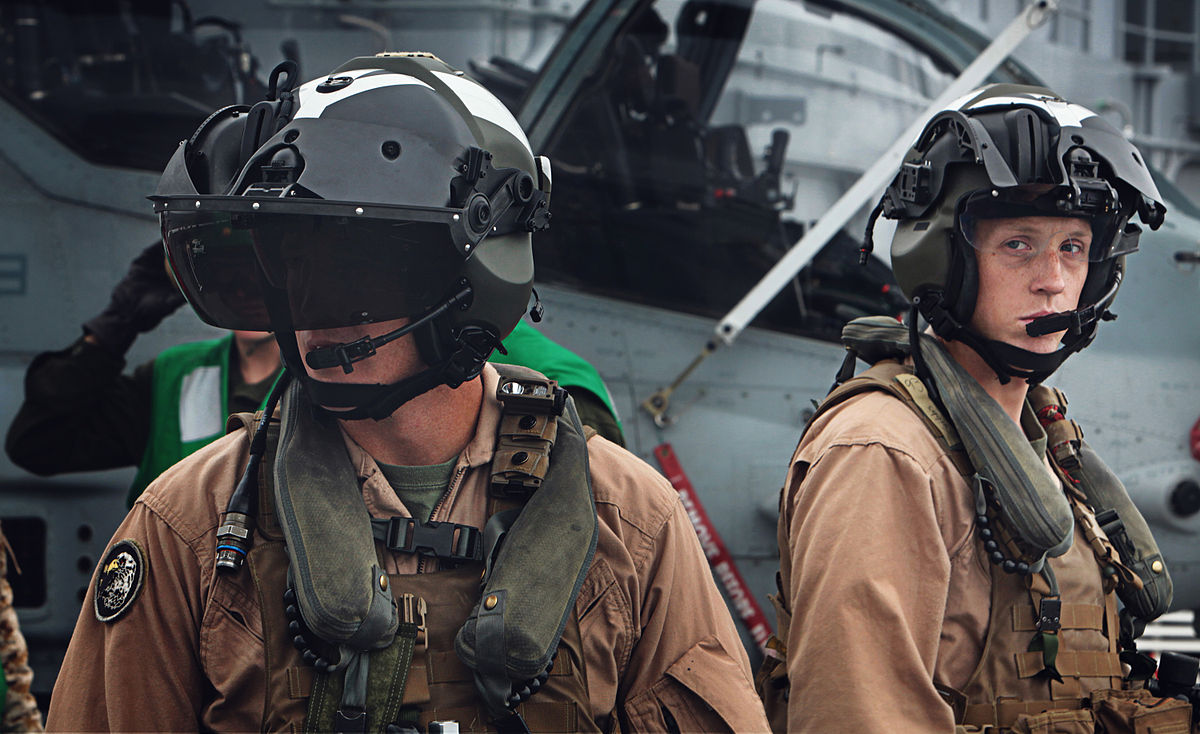
Incidentally Nepal is an infamous nation when it comes to aviation safety. US News and The Mirror have dubbed Nepal to be one of the most unsafe nations for air travel. In Lukla Airport, which is dubbed to be the most dangerous airport in the world, there have been quite a number of helicopter accidents too – one of which included a crash of a Let 410 Turbolet with an AS350. Is it mere common sense that helicopter pilots need wear helmets to save themselves from any injuries that might come about in case of accidents or is there more to it? After all, no airline pilot is ever seen wearing a helmet for safety?
Looking at the track record of helicopter safety and presenting a case for helmets
In a review of medical helicopter accidents between 1992-2002, authors of the study published in The Journal of TRAUMA Injury, Infection, and Critical Care, reported the following:
“There were 84 medical helicopter accidents involving 260 persons (passengers, patients, crew, and pilots) during the 10-year study period. Of these, there were 72 fatalities and 64 injuries. The incidence of fatalities was 0.86 fatalities per accident. The incidence of nonfatal injuries was 0.76 per accident. Fifty-two percent of all reported accidents occurred during the last 3 years of the study period (2000–2002).”
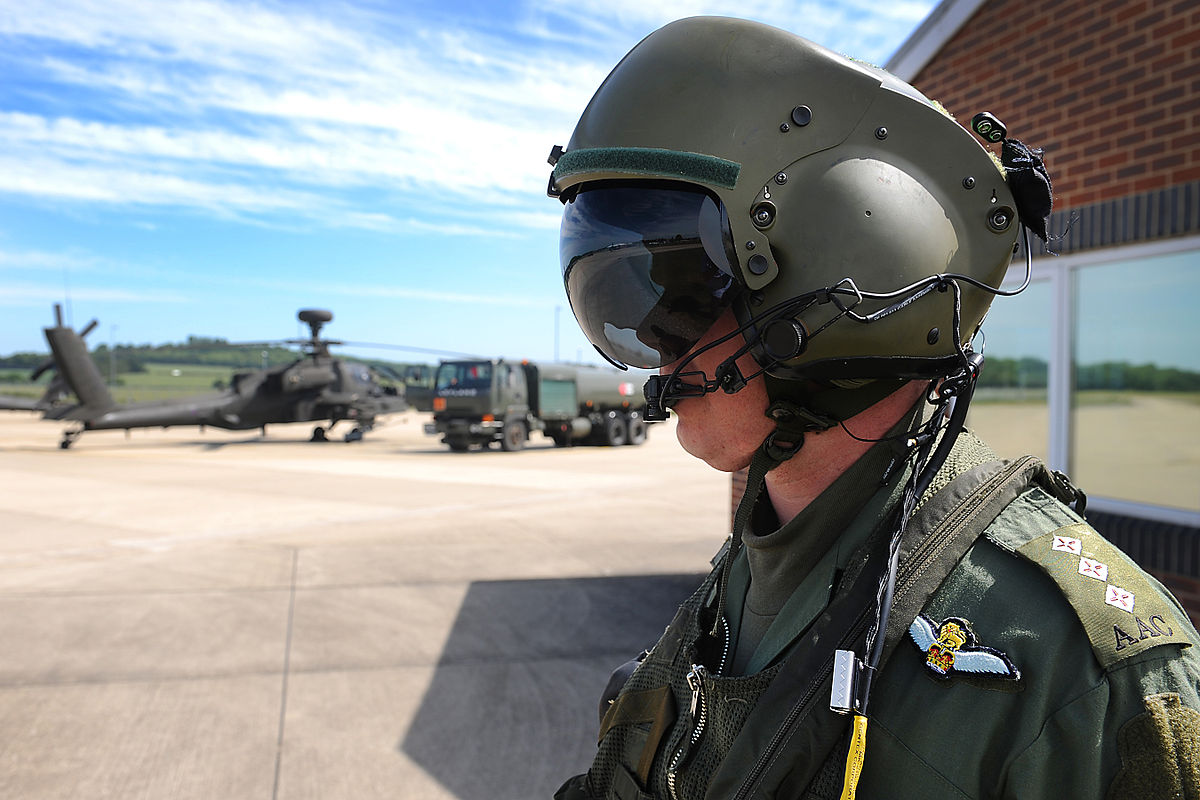

Photo: Peter Davies | Wikimedia Commons
The authors even concluded that the “findings are worrisome” and “medical helicopters may be excessive and nonbeneficial for most patients“. In general, helicopters have a high accident rate than commercial aircraft. A study published in The Points Guy showed that while airlines had a “Death Index” of 1, non-scheduled helicopter flights had a death index of 63. Although the data was compiled and analyzed from NTSB, U.S. DOT via Diio Mi, NHTSA, we also ought to be skeptical about comparing two modes of transportation, too, reported th publication:
“…..helicopters often serve tricky missions, such as dangerous rescues from hard-to-access places, for which few other vehicles are suited; fatalities that result from those efforts factor into the averages alongside sightseeing tours and trips to the airport.”
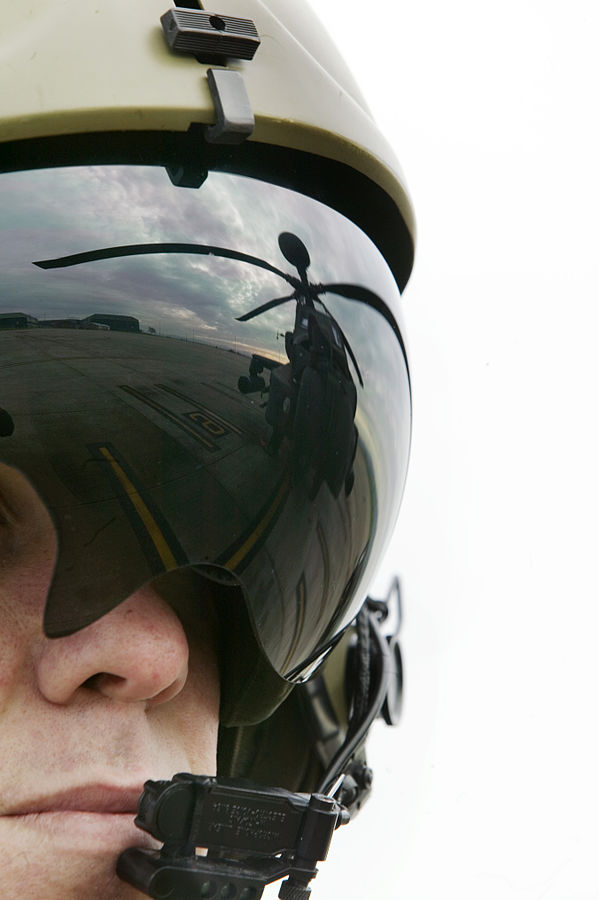

Nevertheless, other reports also hint towards helicopters being a tad riskier than fixed-wing commercial operations. Executive Flyers reports about the higher probability of helicopter accidents:
“The crash rate for helicopters is 9.84 per 100,000 hours, which means that for every hour in the air, helicopters crash approximately 35 percent more often than an average aircraft.”
Do you need a helmet to fly a helicopter?
Even the Australian Government’s transport safety bureau recognizes the importance of helicopter helmets and cites a pressing example of a pilot of a Robinson R44 helicopter who was conducting aerial spraying sustained head injuries following the collision of the helicopter with terrain.


While the bureau notes that the Civil Aviation Safety Authority doesn’t mandate the wearing of helmets for helicopter pilots saying that “there is no Australian Standard for flight helmets“, it does “strongly encourages all pilots conducting low-level operations to wear a flight helmet, ensuring that it is“:
-
fit for purpose
-
custom fitted to the pilot’s head
-
properly secured by using the chin strap
-
maintained in accordance with the manufacturer’s recommendations.
Helicopter pilot helmets help evade injuries during accidents
Let’s just take a look at a few instances of when helmets can absorb impacts that helicopter pilots might sustain:
-
In the event of an emergency landing or crash, pilots are at risk of hitting their heads against the cockpit’s hard surfaces, such as the canopy, instrument panel, or controls.
-
Rotorcraft operate in environments where sudden jerks or rapid maneuvering can cause pilots to inadvertently strike their heads against the frame or controls.
-
Helicopters in military and search-and-rescue operations often fly at low altitudes and in difficult terrain, increasing the chances of sudden impacts.
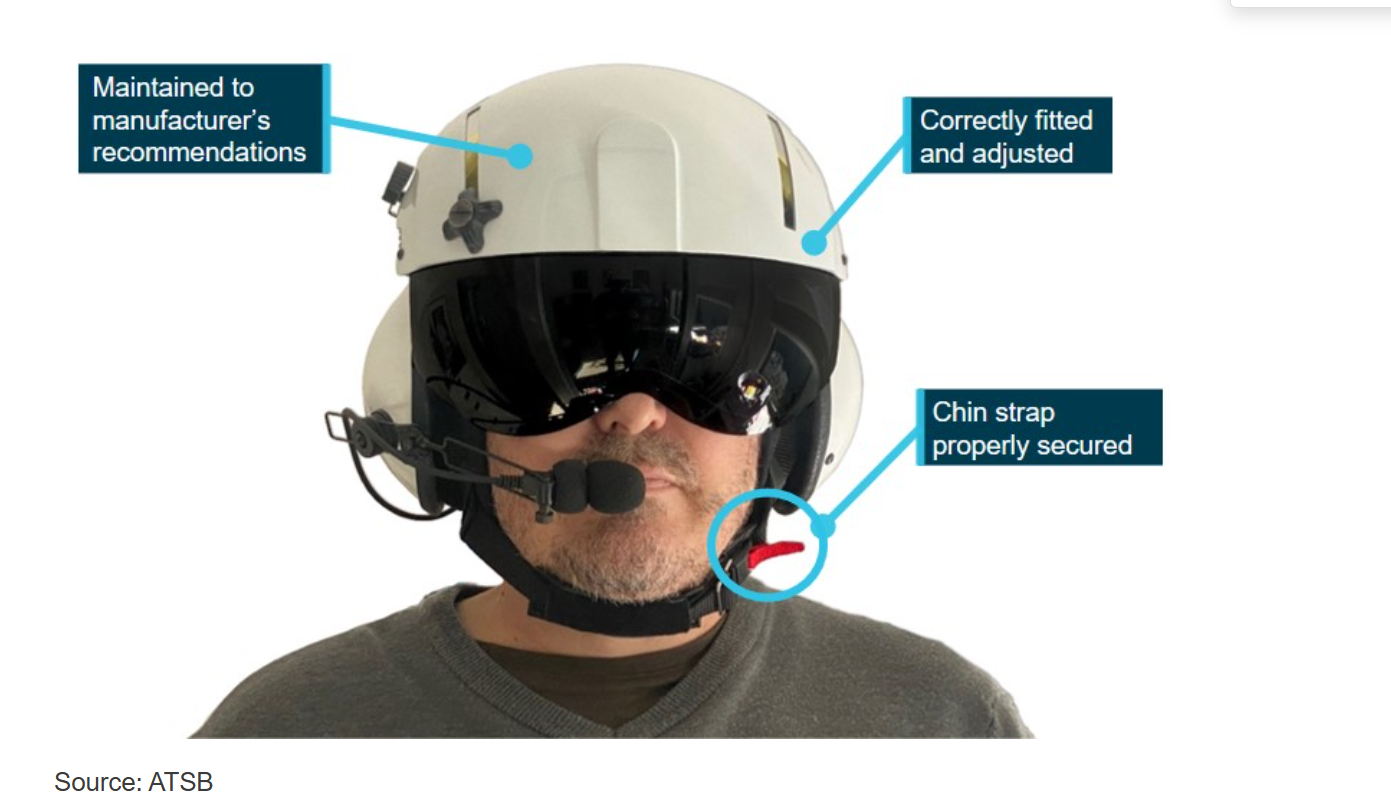

Helmets help reduce noise for pilots
According to Purdue University, a Bell J-2A helicopter at 100 ft produced a sound of around 100 dB. Pilots who fly such machines are subject to prolonged exposure to such high noise levels can lead to hearing damage or hearing loss.
State-of-the-art aviation helmets are designed with built-in noise reduction technology, including passive and active noise-canceling features. Passive noise reduction is achieved through ear cups and padding that create a barrier against sound waves. Active noise reduction (ANR) systems further enhance this by electronically canceling out background noise.
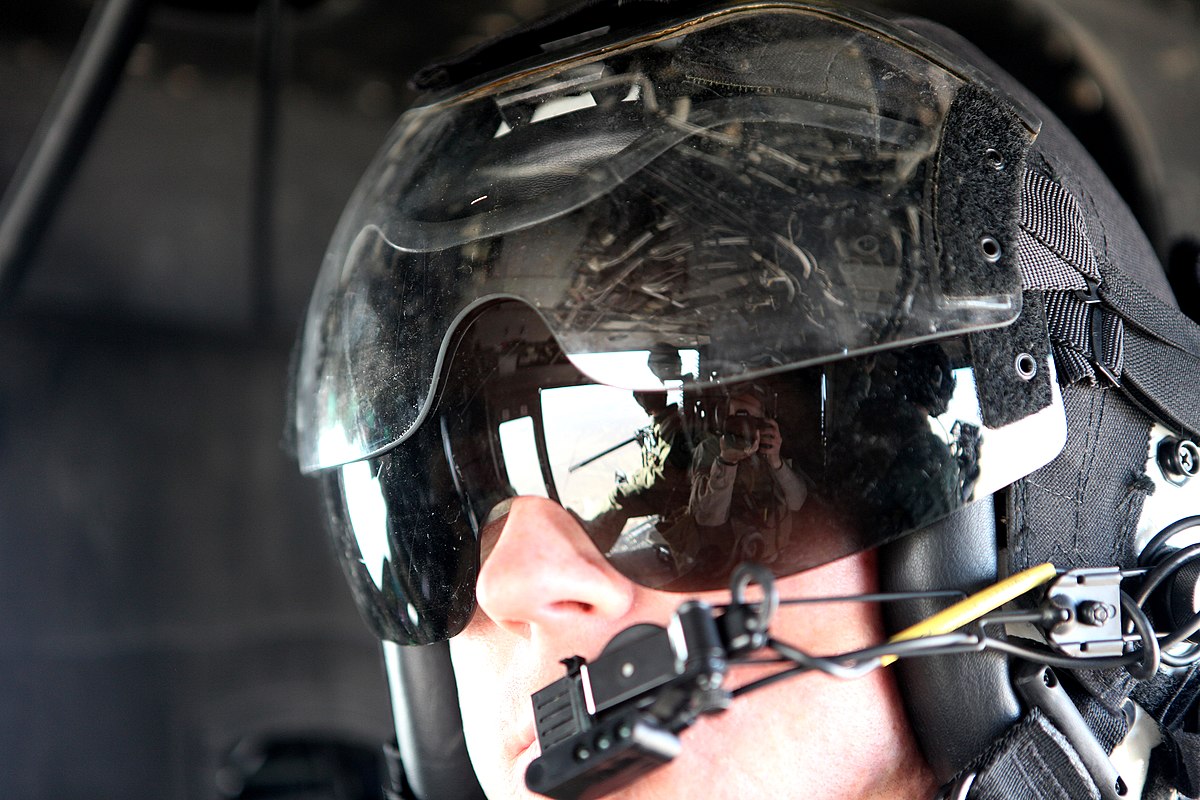

Even as far back as 1995, research related to “Noise Induced Hearing Loss in Military Helicopter Aircrew” revealed that helmets were necessary to reduce “effects of noise exposure and the irreversible nature of the hearing damage thus caused“:
“Therefore the only realistic method of reducing noise exposure to the aircrew is through the use of PPE, the aircrew helmet, which has been correctly fitted and serviced. The combination of good high frequency attenuation provided in the current Mk 4 helmet together with the low frequency cancellation available through the use of ANR provides maximum protection to the aircrew.”
Helmets help protect from debris and environmental factors
Helicopter operations frequently take place in challenging environments, such as:
- rescue missions in mountains, deserts, jungles, mountains, and urban settings.
- military pilots are subject to shrapnel and other battlefield hazards
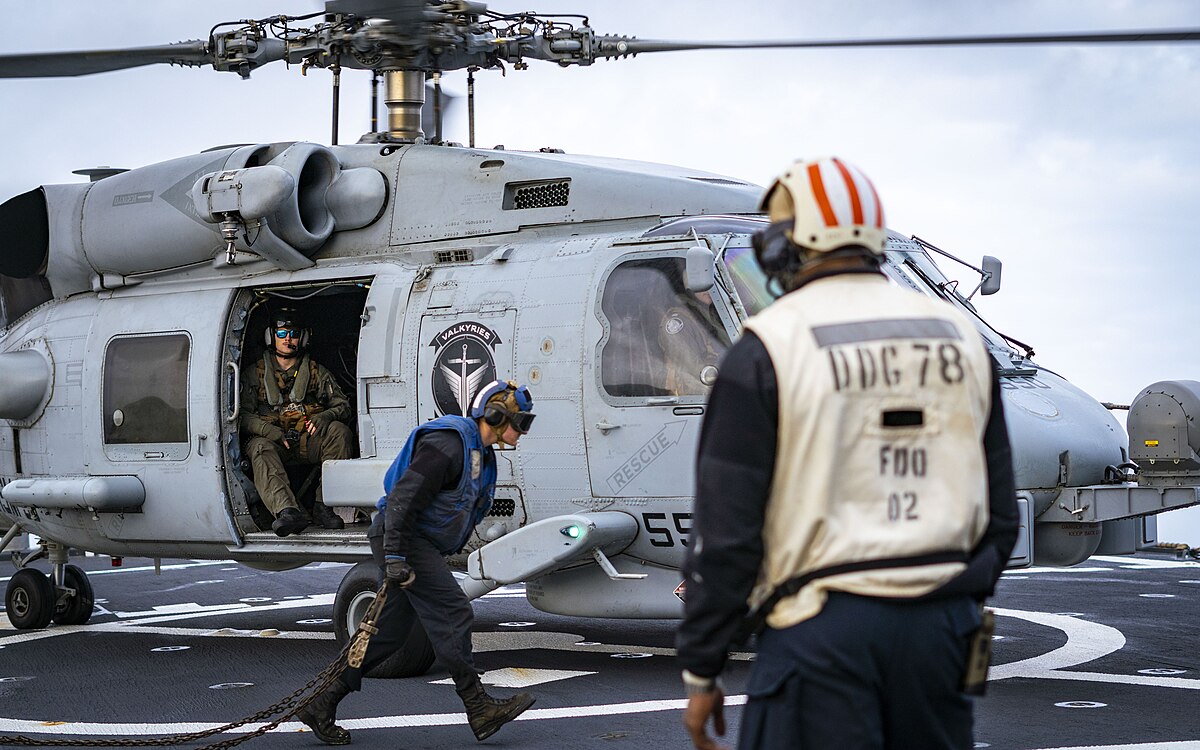

In such conditions, pilots are exposed to dust, wind, rain, and extreme temperatures – all of which can impair vision and lead to accidents. Modern helicopter helmets have visors that help ward off visor these elements. Advanced helmet designs incorporate ballistic-resistant materials to safeguard pilots from potential threats.
Some helmets also are equipped with night vision goggles (NVGs) to enhance situational awareness during nighttime / low visibility. Furthermore, some helmets are also equipped with shock-absorbing foam liners. Such helmets help protect soldiers ward off the force of impact and reduce chances of concussion.
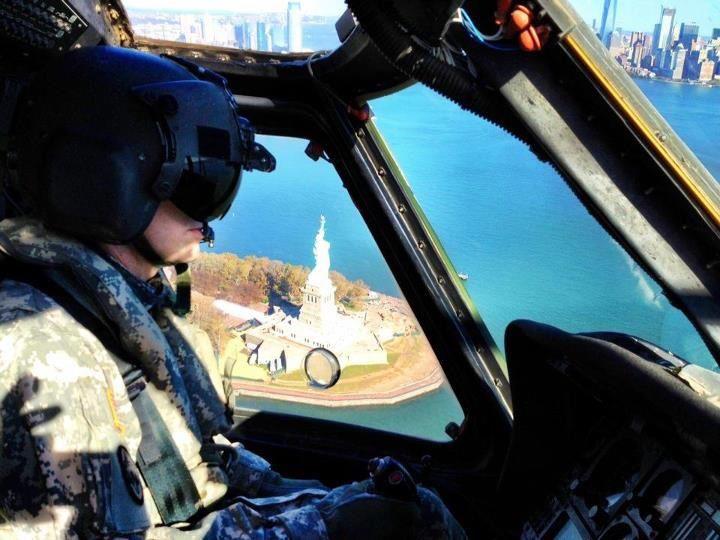

Helmets also allow for enhanced communication capabilities
Helicopter pilots involved in military missions, law enforcement, medical evacuation (MEDEVAC), and search-and-rescue missions often perform in high-noise environment. In such cases, standard communication equipment like handheld radios or cockpit intercoms might not be sufficient. Further, their correspondence with ATCs and ground support teams is also crucial.
In order to fulfill such needs, helicopter helmets are equipped with integrated communication systems. These inlcude:
- Microphones
- Speakers
- Noise-canceling headsets.
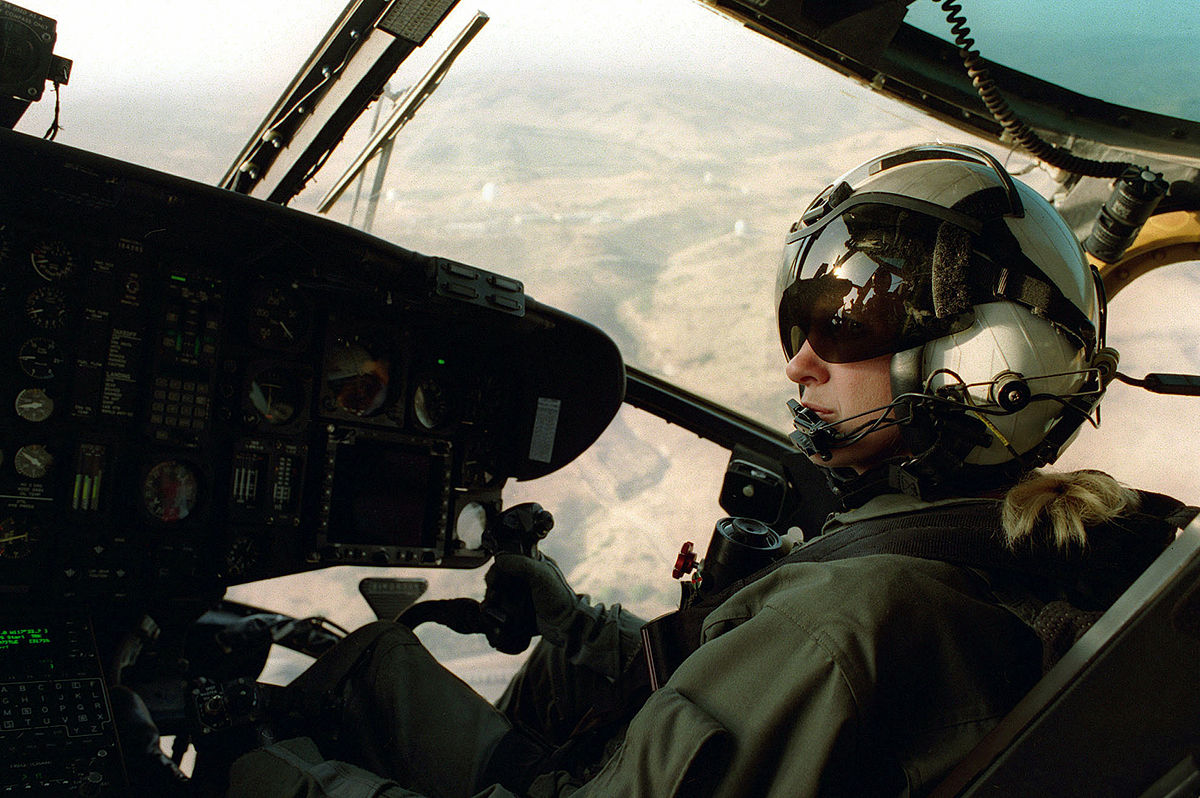

Other Interesting features in helmets worn by helicopter pilots
Let’s take a look at a few other features that come in helmets worn by helicopter pilots:
- Heads-up displays (HUDs), which present information about the flight, sensor, and weapon in the pilot’s line of sight. According to NASA Contractor Report, “The HMD was developed to allow the pilot to retain aircraft and weapon information and to view sensor images while looking off boresight.“
- A few years ago, Jerusalem Post reported that Elbit Systems had come up with a helmet for helicopter pilots that had an Augmented Reality (AR) Helmet-Mounted Display (HMD) system. This helmet named X-sight allows the helicopter pilot to see through the body of the aircraft.
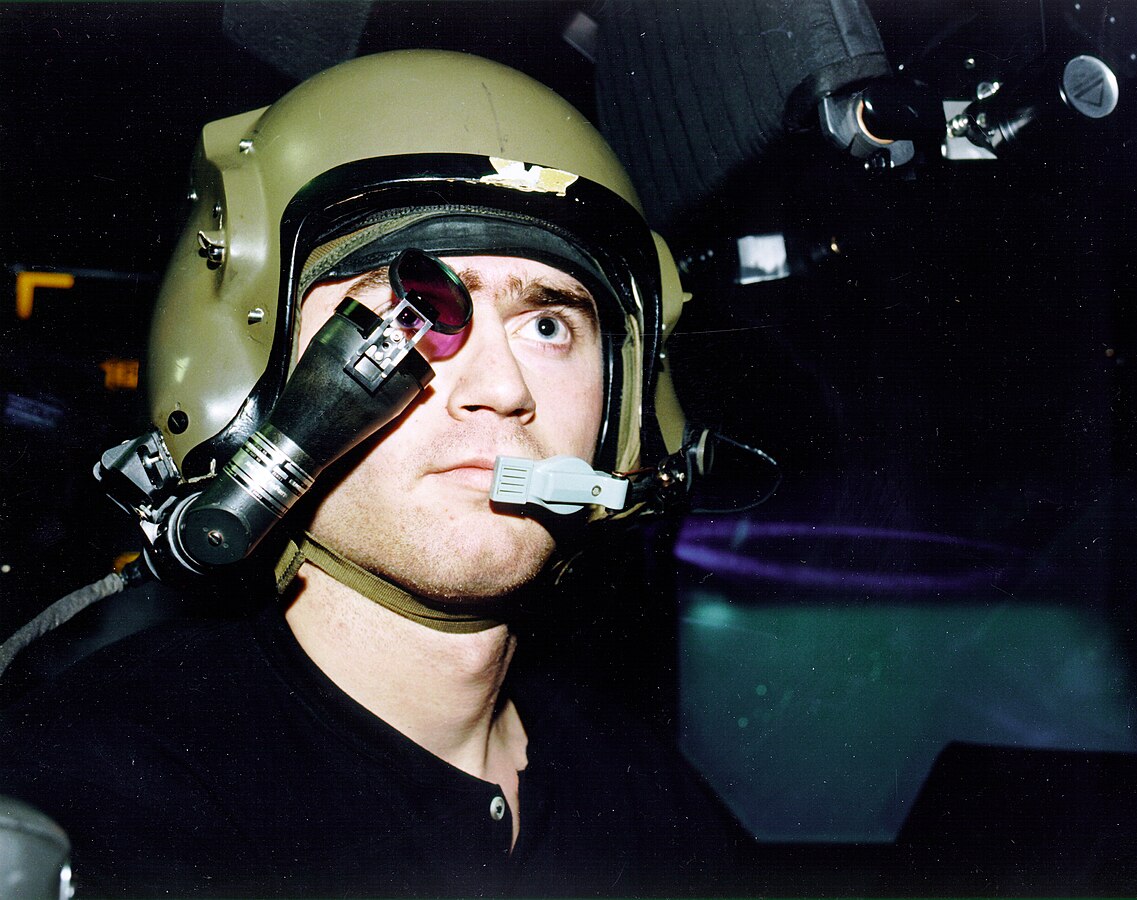

“Elbit’s new technological suite for X-Sight includes the AI-powered mission computer for real-time data fusion and machine learning of obstacles and threats, and for running operational applications. It allows the helicopter pilots to see a terrain grid with data points overlaid on real-world images with a dual-eye 61×30 degree view, and a visor-projected display that is in full color and high resolution. The LLTV camera has a seamless in-flight sensor, and allows for transition-target allocation as well as moving target indication to warn pilots of possible incoming threats.”
– The Jerusalem Post
Safety Regulations around helmets for helicopter pilots
EASA notes that wearing a helmet would help pilots to survive incidents of bird strikes better. This is because standard category helicopters have “virtually no requirements which specify windscreen strength or resistance against birdstrikes”:
“While transport category helicopters – those weighing more than 3750 kg – do have such a requirement. Basically, the regulation states that the aircraft must be designed to withstand the impact of a 1 kilogram bird – which is 2.2 pounds – at VH, the speed an aircraft will maintain in level flight using maximum continuous power. But we know that many birds weigh considerably more than 1 kilogram. Hawks, eagles, buzzards, geese – often weigh much more.”
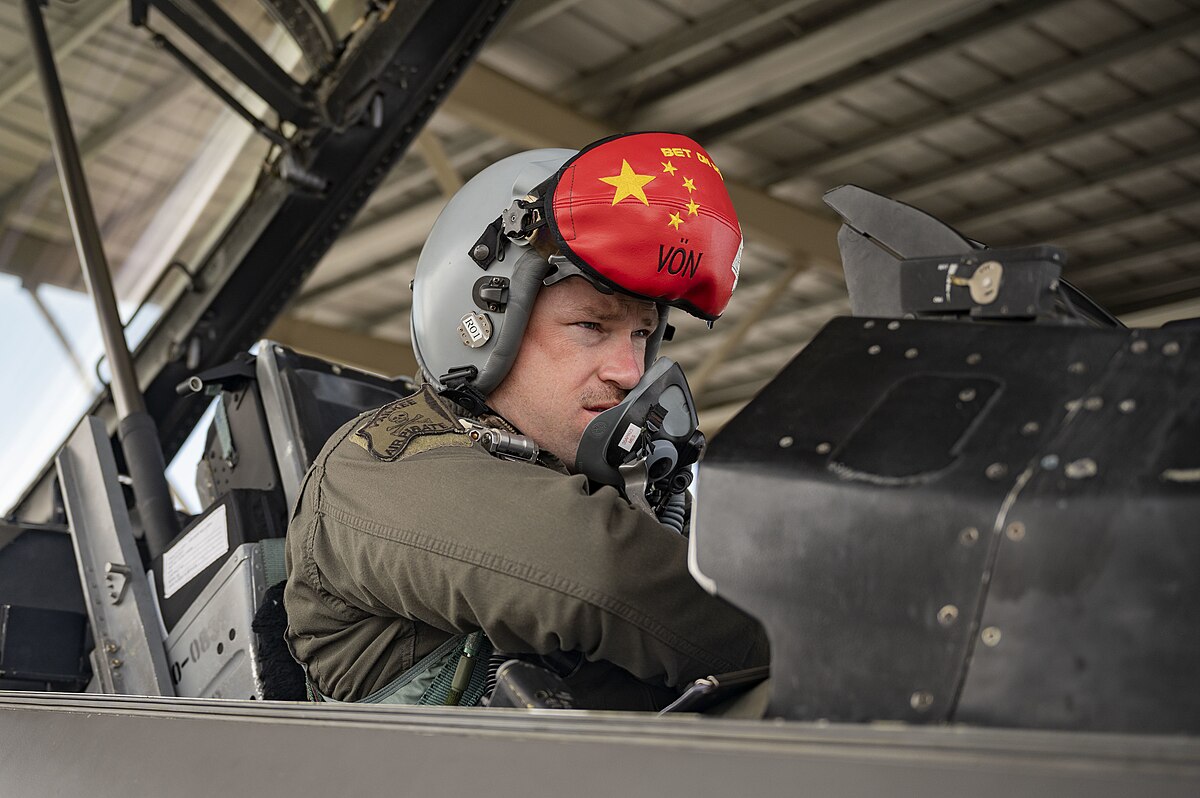

Helmets can surely be used as a technology to mitigate the effects of bird strike, However, rigorous testing about the helmets should also be done. With regards to testing the strength of the helmets, the Department of the Interior and United States Forest Service, states:
“Each helmet tested shall be impacted with a single impact at each of seven impact sites; front, rear, left and right sides, crown, and left and right ear cups. “
Conclusion
As the boundaries of aviation expands and flying though helicopters become more accessible, we will see a widespread use of helicopter pilot helmets than it already is. Although there are no mandates on using these helmets, there are numerous recommendations in helicopter accident reports about the use of helmets for reduction of loss of lives.
With an evolution in technology, helmets will likely become even more advanced, further improving pilot safety and operational capabilities in the years to come.
